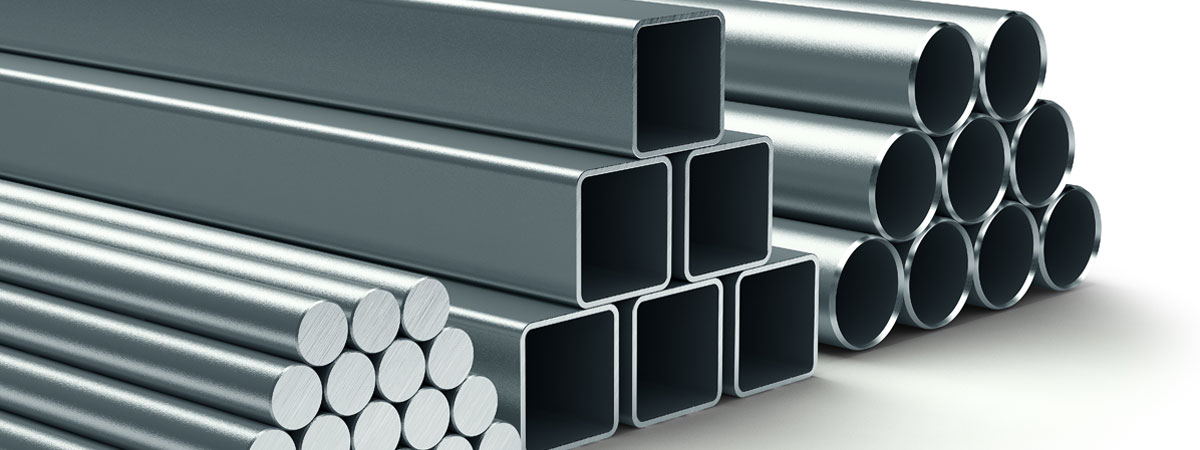Stainless Steel Passivation

Nitric Acid Passivation | ASTM A 967 | ASTM A 380
While naturally corrosion-resistant, stainless steel is still susceptible to rusting due to environmental conditions. Great Lakes Metal Finishing’s stainless steel passivation process includes the use of nitric acid-based (Nitric 1-5) baths to create a protective layer that shields the product from dirt and other corrosive elements, preventing oxidation. Treating the surface with a stainless steel passivate enhances the formation without affecting the stainless steel itself.
Great Lakes Metal Finishing’s stainless steel passivation process is tightly controlled and monitored by our experienced and highly-qualified staff. We specialize in understanding the unique properties of various stainless steel alloys including 300-400 series. GLMF has the ability to perform specific corrosion tests including the copper sulfate test, the water immersion test, or salt spray testing, which are all critical requirements to ASTM A-967 and ASTM A-380. For more information about our stainless steel passivation process, see the chart below.
What is Stainless Steel Passivation and Why is it Applicable?
Strictly speaking the process of passivating is to make something less reactive. In the case of physical chemistry and engineering, making a material “passive” means to protect it from outside elements in an attempt to further reduce the risk of the material rusting. With stainless steel, though it might seem like an unnecessary process, rusting is still very possible especially when outside bits of foreign matter come in contact with the stainless steel surface and starts to oxidize. This process is called rouging, of which there are three classes describing the level of rust infiltration; class I, II, and III.
A common scenario where rouging occurs is through iron contamination, most likely due to welding on a temporary support beam made of steel. When that steel is removed, parts of the stainless steel without chrome covering could be exposed to outside elements. This can then spread, making the structure weak and susceptible to breaking under stress. So even though stainless steel is already a fairly resistant material, using Great Lakes Metal Finishing to passivate stainless steel is still very important for long-term, maintenance free use. For more information about our stainless steel passivation process, contact us today.
